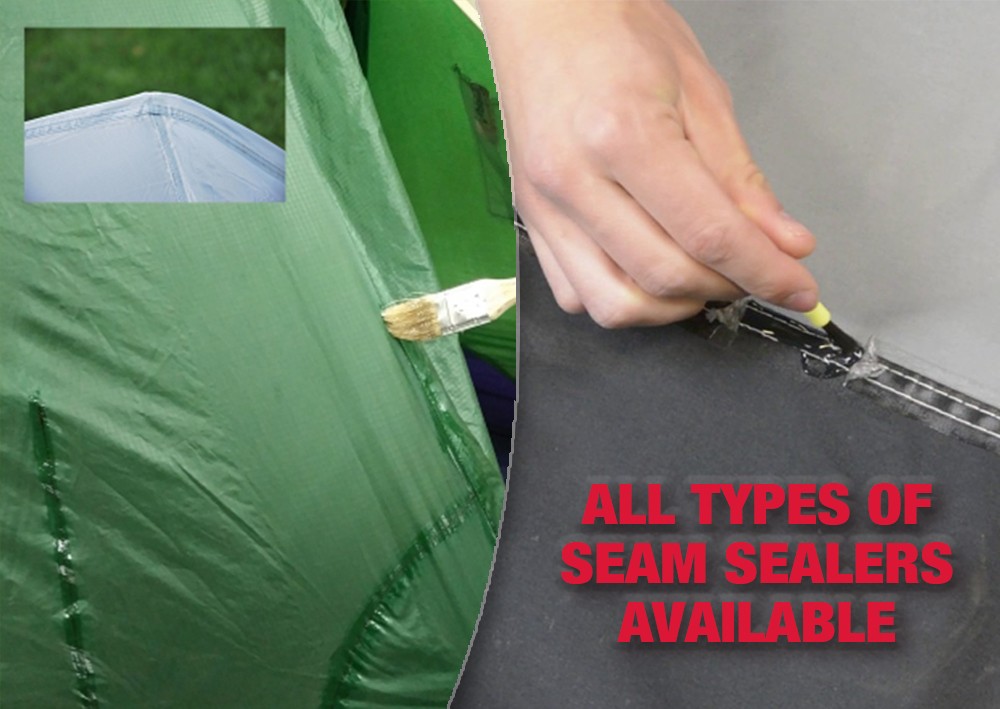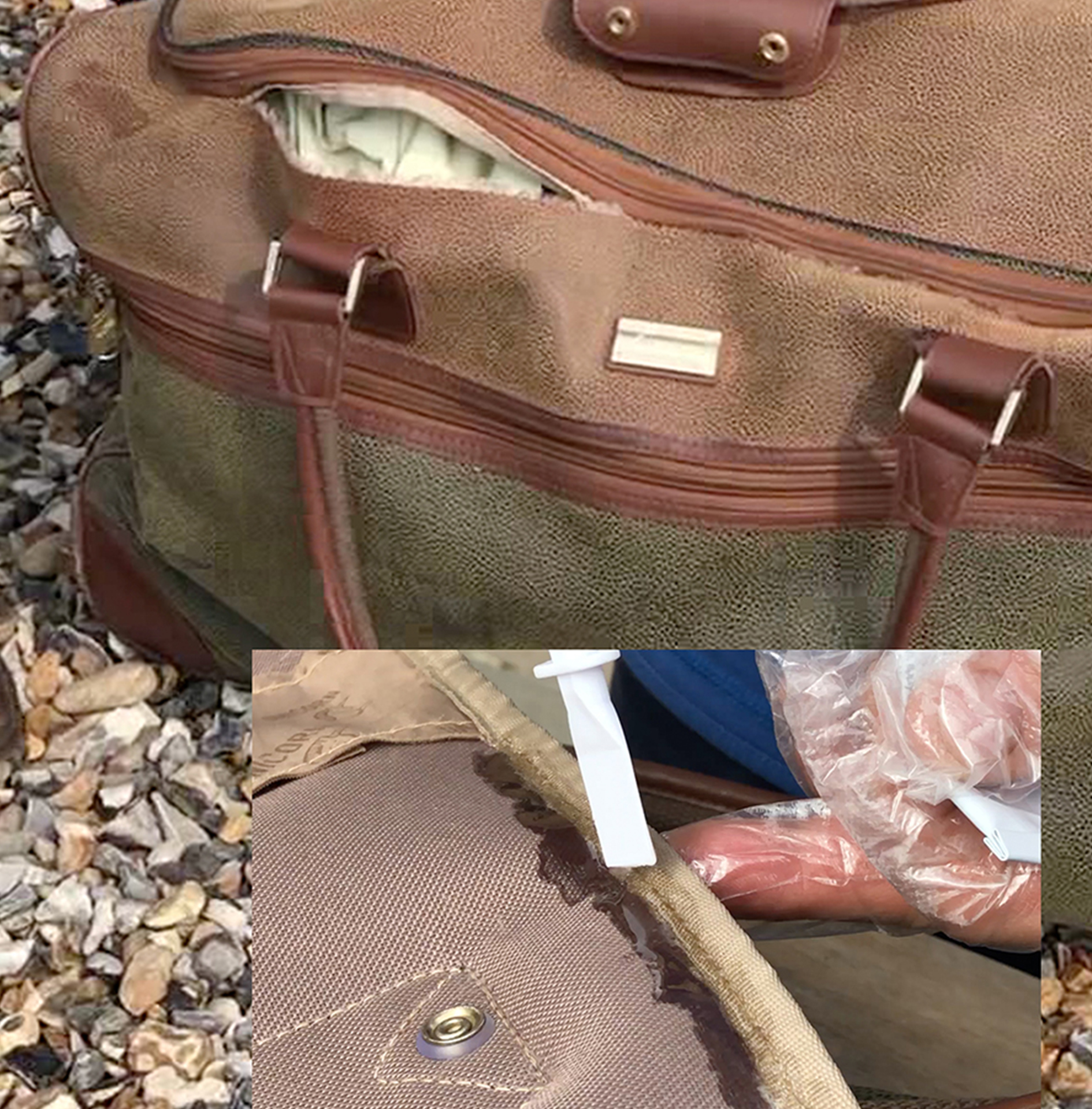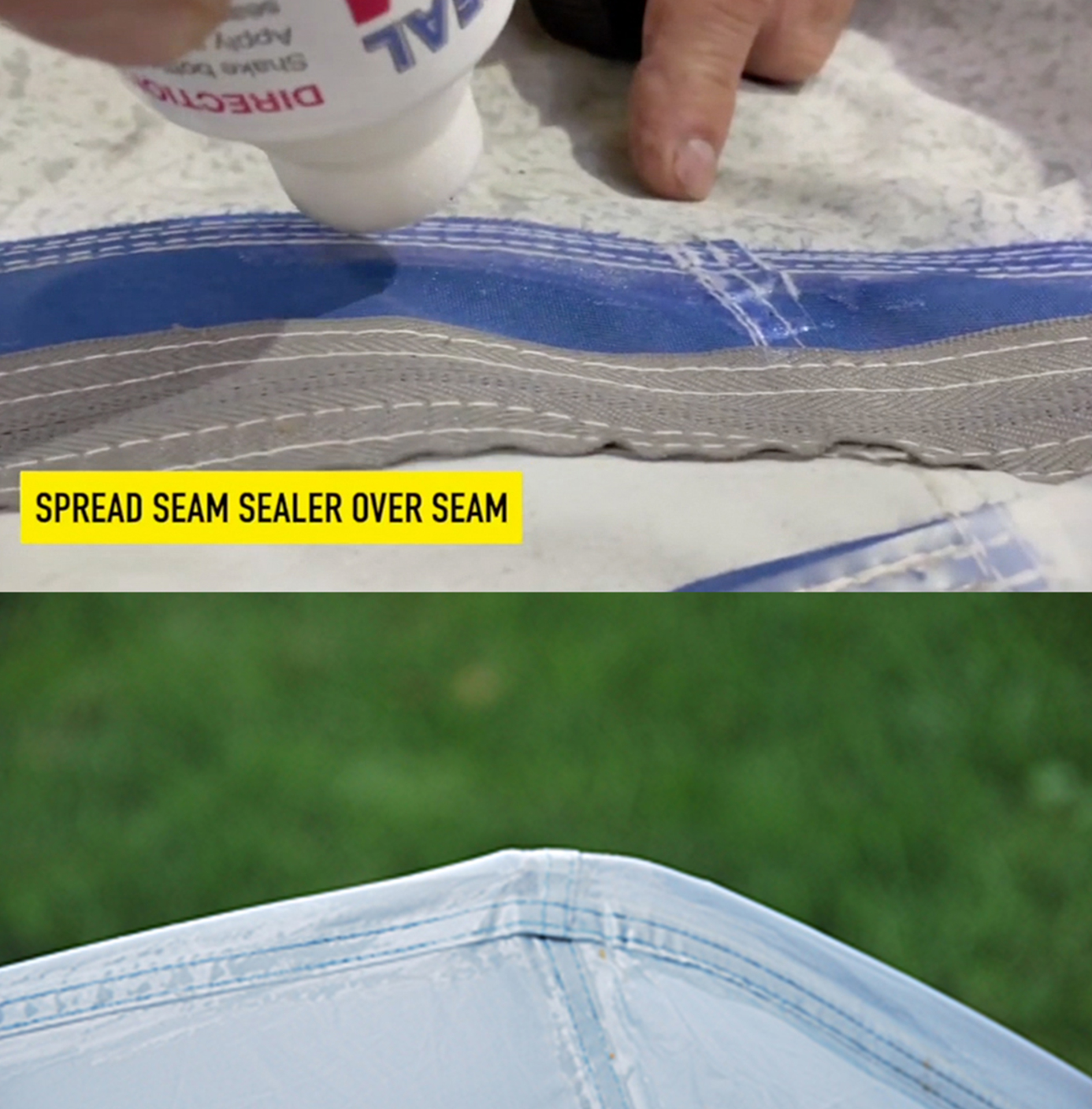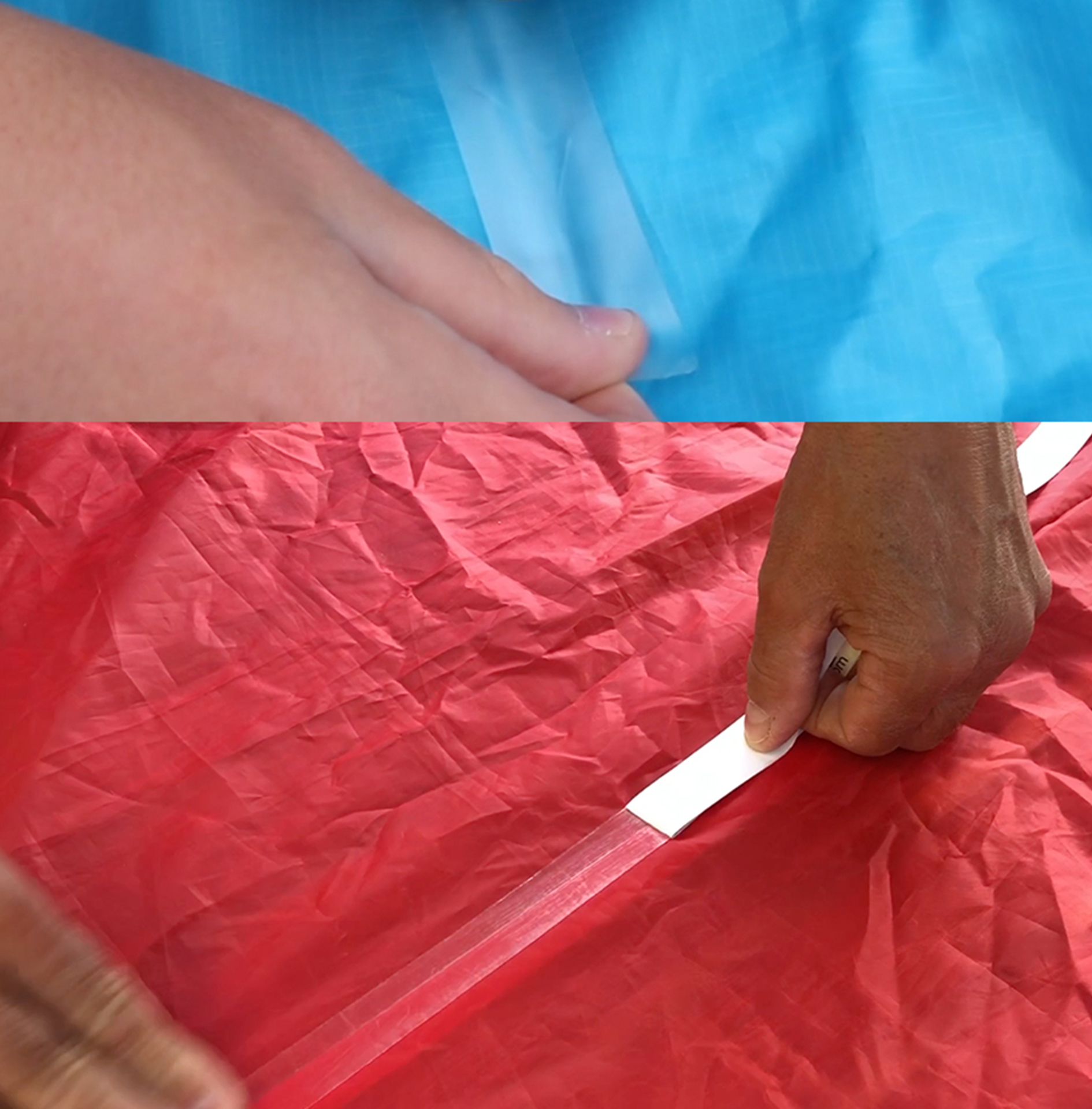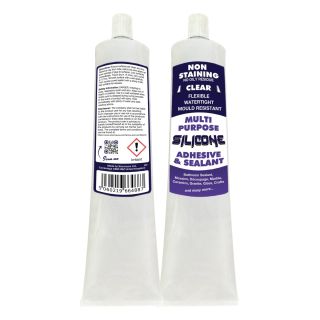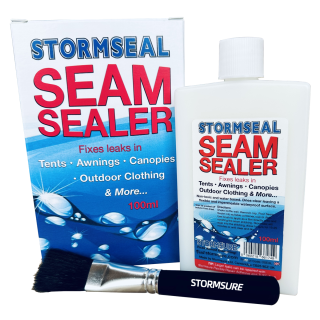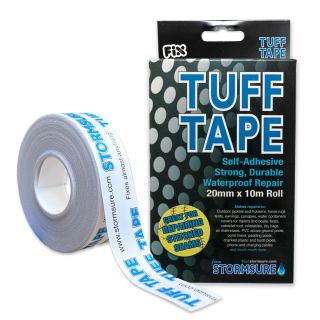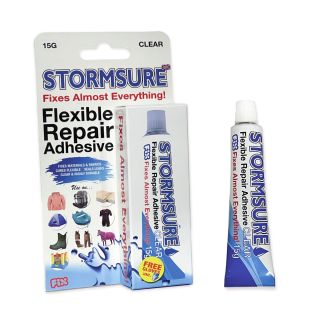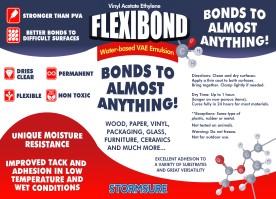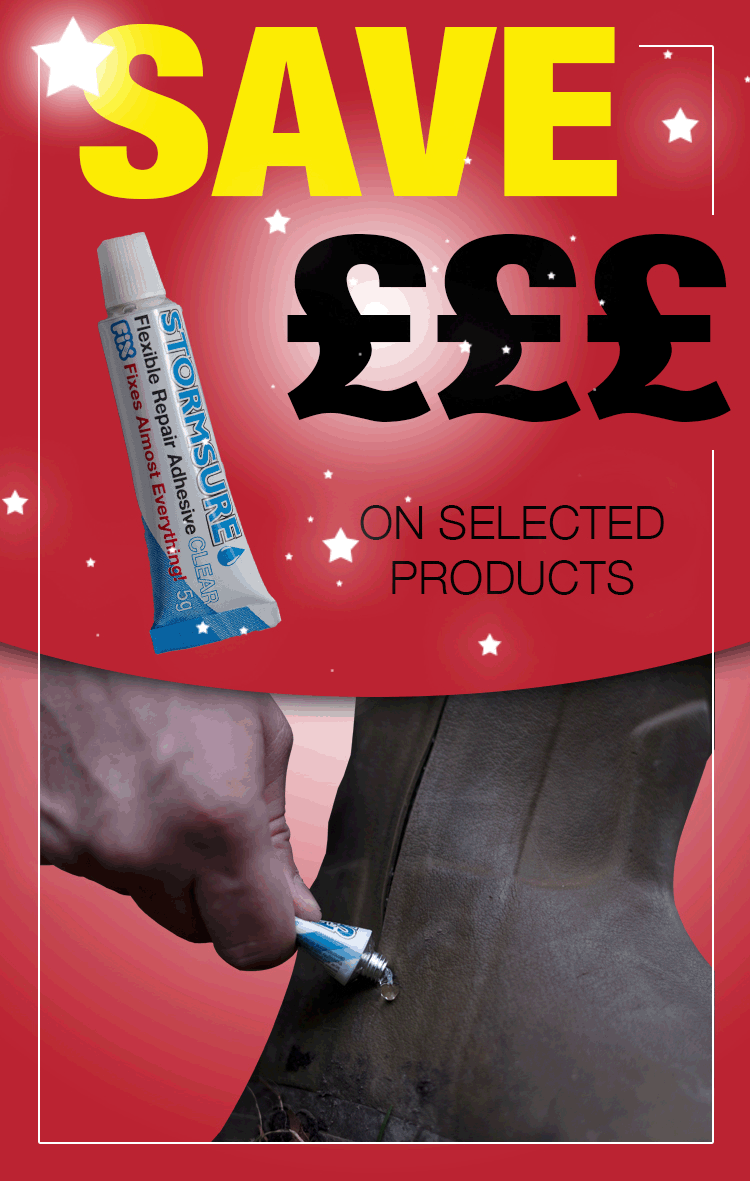What is a Seam Sealer?
A seam sealer is a material used to seal gaps or joints between two surfaces to prevent water, air, or other substances from penetrating through. It is commonly used in automotive, marine, and construction industries to seal seams in vehicle bodies, boats, or buildings.
There are different types of seam sealers available, but most of them are made of a combination of polymers and resins. The most common polymers used in seam sealers are polyurethane, silicone, and acrylic, while the resins used are usually epoxy or polyester. Each type of sealer has different properties and is suitable for different types of applications.
Seam sealers come in different forms, including tapes, liquids, and pastes. Tapes are usually used for temporary seals, while liquids and pastes are more permanent and are applied with a brush, roller, or sprayer.
In automotive and marine industries, seam sealers are used to seal joints and seams on vehicles and boats to prevent water and air from penetrating into the interior. This is particularly important for areas like the roof, fender, or door panel seams where water can easily seep in and cause corrosion or damage to the vehicle or boat. Seam sealers are also used to seal areas that are prone to vibration, as they prevent the metal from rubbing against each other and causing noise.
In the construction industry, seam sealers are used to seal gaps and joints in buildings to prevent air and water from seeping in, which can cause energy loss and structural damage. Sealers are used around windows, doors, and other exterior openings to prevent drafts and air leaks. They are also used in the plumbing and electrical systems to prevent water and air from entering the system.
Seam sealers are typically applied in a controlled environment to ensure proper adhesion and curing. The surfaces being sealed must be clean and dry before applying the sealer. The type of sealer and application method used will depend on the application and surface being sealed.
Overall, seam sealers play an important role in sealing gaps and joints to prevent air, water, and other substances from penetrating through. They are used in a variety of industries, including automotive, marine, and construction, and come in different forms and types to suit various applications.
Click Below for Special Offers on ALL Seam Sealers
Which is the best Seam Sealer?
This type of sealer is ideal for outdoor gear and clothing made from synthetic materials. It's waterproof and flexible, making it ideal for sealing seams exposed to rain and other elements.
Cure Time: Up to 24 hours (depends on thickness of silicone).
Polyurethane Adhesive Seam Sealer
This type of sealer is ideal for outdoor gear and clothing made from natural materials, such as cotton or canvas. It's also waterproof and flexible, and provides a strong bond.
Cure Time: 12 to 24 hours (depends on thickness of adhesive).
This type of sealer is ideal for lightweight fabrics, such as those used in tents and tarps. It dries quickly and is easy to use, but may not be as durable as silicone or polyurethane sealers.
Cure Time: 30 min to 1 hour (depends on thickness of acrylic).
This type of sealer is ideal for lightweight fabrics, such as those used in tents and outdoor clothing. It is an instant convenient repair and is easy to use, but may not be as durable as silicone or polyurethane sealers.
Cure Time: Instant

